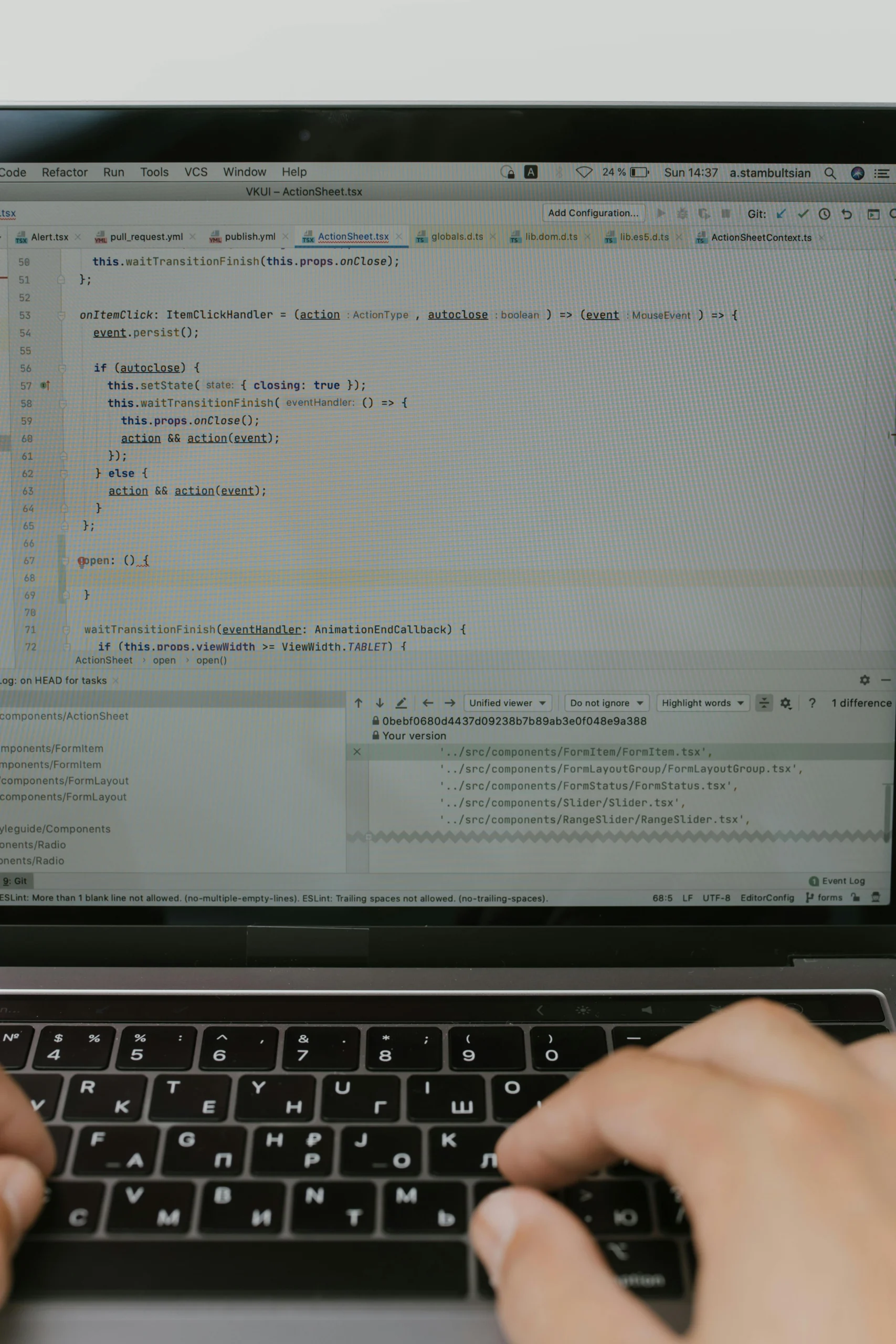OpenAI’s latest model, a weight-sparse transformer, is designed to clarify the internal workings of LLMs, which typically operate as ‘black boxes.’ While it is less capable than leading models like GPT-5, its simplicity allows researchers to observe how neurons interact to perform tasks. The field of mechanistic interpretability focuses on unveiling these hidden processes, addressing the complexity of dense networks where functions are dispersed across connections.
Researchers, including Leo Gao, express optimism about this new approach. Although early studies indicate that scaling the interpretability techniques to more powerful models might be challenging, the potential to develop a fully interpretable model akin to GPT-3 is being pursued. This research could yield insights that significantly enhance trust and safety in AI applications, especially as these systems gradually integrate into crucial sectors.
👉 Pročitaj original: MIT Technology Review – AI







